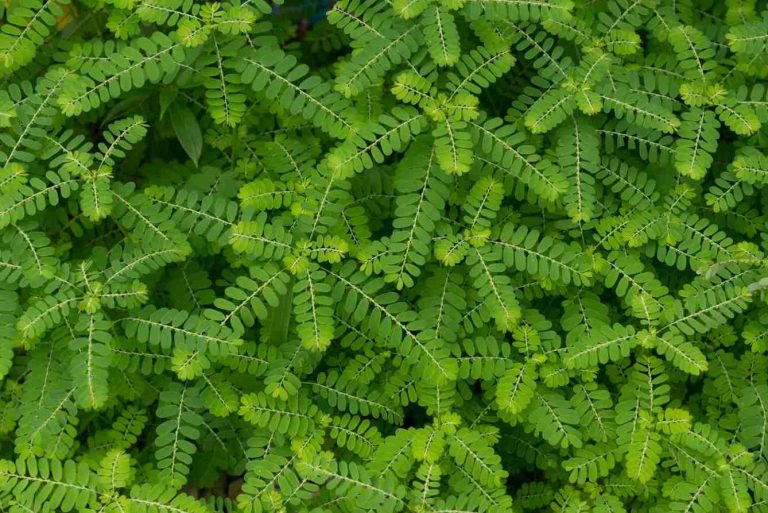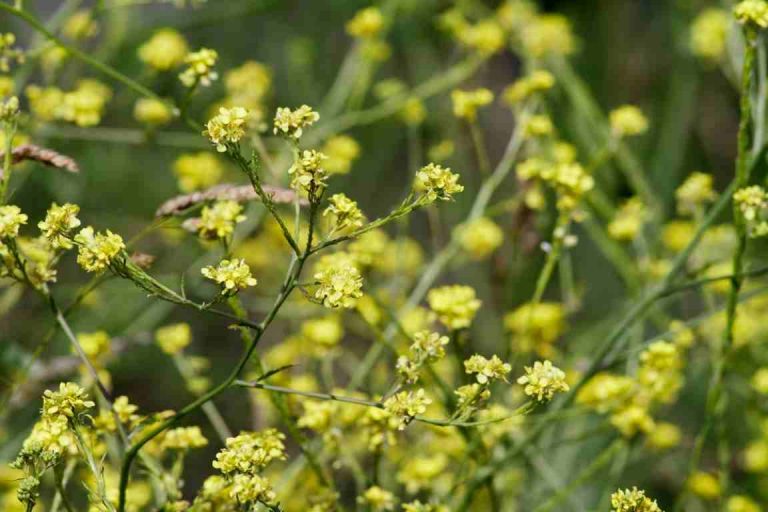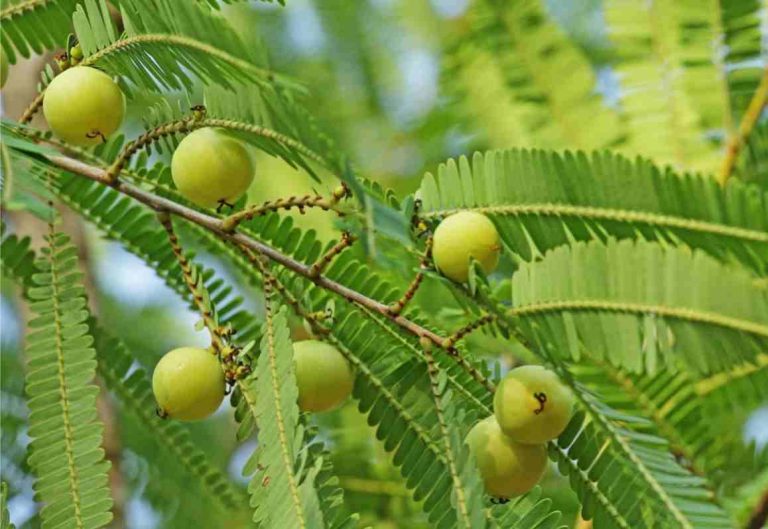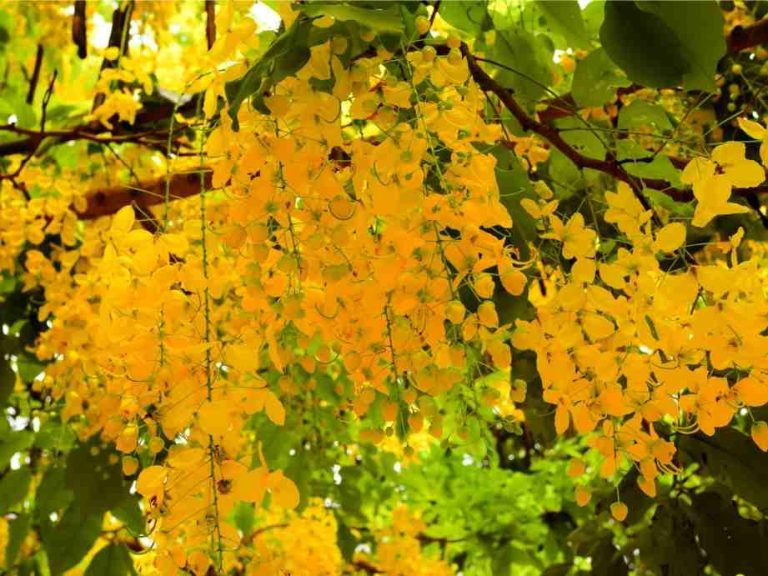
Table of Contents
Health Benefits of Bhumiamalaki
If you are searching for the health benefits of bhumiamalaki, you have come to the right place. In this article, we’ll discuss bhumiamalaki’s morphology and health benefits, as well as the benefits of this plant in treating liver disorders. This plant is considered one of the most effective Ayurvedic herbal medicines. It is also effective in treating breast pain and tenderness.
Bhumiamalaki in Ayurveda
Bhumiamalaki is a herb that’s been used for ages in Ayurveda to treat liver and kidney disease, jaundice, and many other ailments. It grows all over, but is especially abundant in coastal areas. In addition, the herb is reputed to be a good kidney stone remedy. It has also been used to prevent and treat jaundice, as well as other inflammatory conditions.
The bitter-tasting shrub has been used by ayurvedic practitioners for thousands of years. It is a good liver tonic. The ancient Ayurvedic text refers to bhumiamalaki as “Yakrduttejaka,” which means “healing agent”.
There are several names for bhumiamalaki in Sanskrit. Bhumiamalaki is a synonym of Phyllanthus fraternus, subsp. togoensis, and Phyllanthus maderaspatanus L. In the Western world, the herb is referred to as “bumyali.”
Health benefits of Bhumiamalaki
Bhumiamalaki is used for many health benefits, including its ability to treat sexually transmitted bacterial infections. This herbal remedy is also effective for urinary tract diseases, prostatitis, and venereal diseases. It can even be used as a laxative, treating chronic dysentery, breast swelling during menstruation, and even to treat menorrhagia. The powder from the leaves, roots, and fruits of Bhumiamalaki is consumed internally, and can be taken once or twice daily. It should be stored in a cool, dry location, and out of reach of children.
As a bitter shrub, bhumiamalaki has powerful cleansing properties. It promotes optimal liver function. The liver regulates hormones and purifies blood. By reducing liver swelling and promoting optimal liver function, bhumiamalaki powder is able to relieve kidney stones and soothe the liver. In addition to liver health, bhumiamalaki promotes a healthy menstrual cycle. Moreover, bhumiamalaki is antiviral, hepatoprotective, and an overall tonic.
Morphology of Bhumiamalaki
Phyllanthus species are widely used in traditional medicine in India. The phyllanthus family contains twelve species, . Among these species, P. amarus Schum. & Thonn. is the most medicinally important species. Here we discuss the morphology and medicinal properties of this plant.
The leaves, stems, and twigs are used as infusions, and ointments. Infusions of the plant are consumed as a poultice as a home remedy, and the plant’s leaves are used to make Bhumiamalaki paste, which can be applied to eyelids. The root can be used internally as a infusion, or as a single dose.
Best Ayurvedic herbal medicine for liver disorders
Ayurvedic herbal medicines for liver health often include guduchi. This traditional formulation of three medicinal plants native to India improves digestion and bowel movements. It is an effective digestive medicine, containing anti-inflammatory and antioxidant compounds. The juice from this plant is sweet and healthy, and can be taken as a tea or drink. For best results, consult with an Ayurvedic physician before taking any herbal medicine.
Among other plants Bhumiamalaki plays an important role in managing or curing liver related disorders, it improves the liver health by acting as a tonic to the liver. Bhumiamalaki works better in liver cirrhosis and Jaundice.
The liver is a vital organ in the body, responsible for cleansing the body, synthesizing proteins, and producing biochemicals that help digest foods. Unfortunately, the wrong diet and lifestyle can damage the liver tissues. Various diseases, such as fatty liver and hepatitis, can result from this problem. The best Ayurvedic herbal medicine for liver disorders is based on the principles of Ayurveda.










